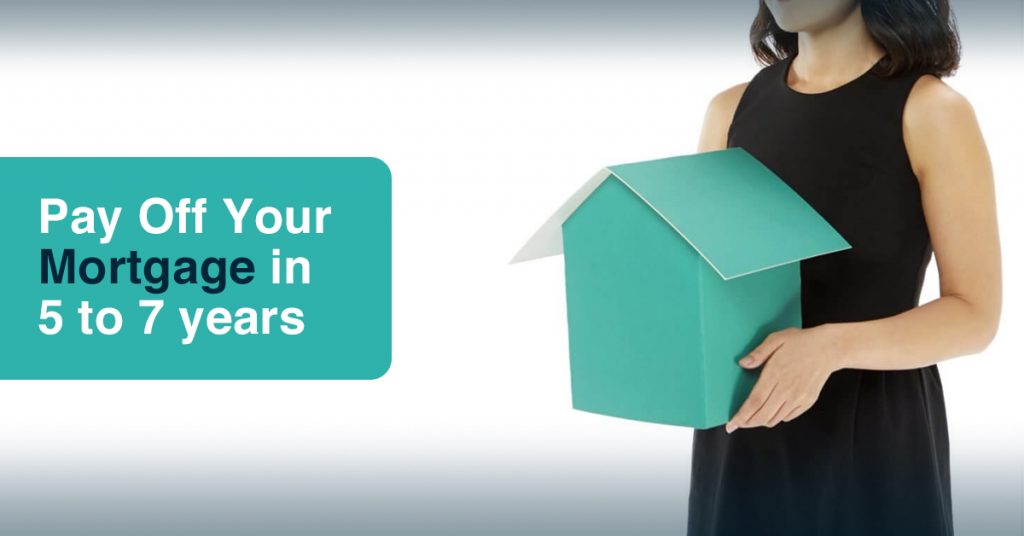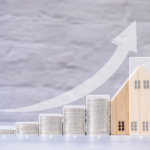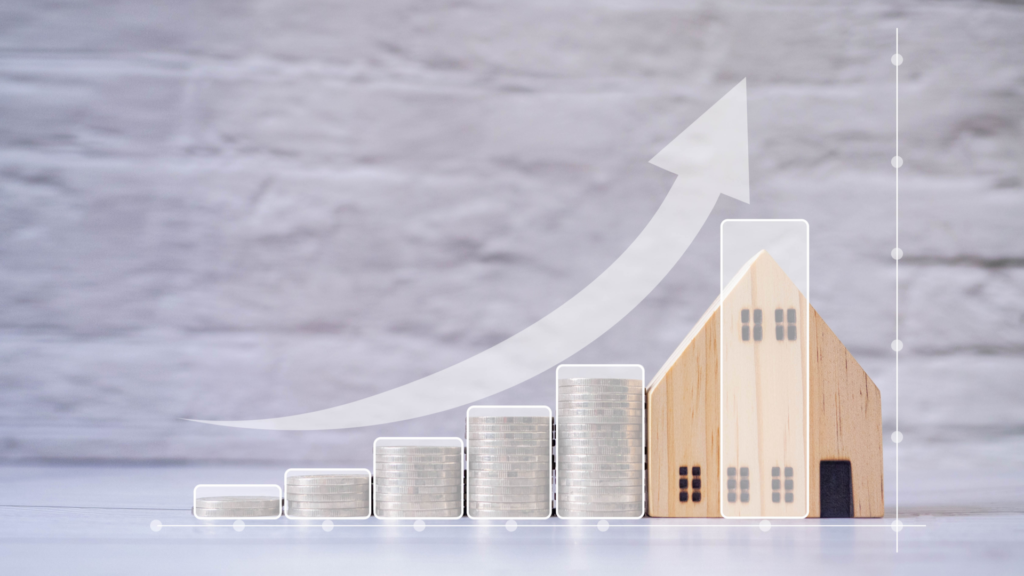Negative gearing explained?
In simple terms when related to property, it’s a tax offset that closes the gap between how much an investment costs
an owner and how much money they are able to make from it.
According to the Australian Tax Office, an investment property is said to be negatively geared when the property expenses, such as a mortgage or interest, exceeds the income gained from the property, like rent from tenants. Basically, when you are taking a loss on your investment. In many cases, if the property is new then the impact is minimised as there are more non-cash deductions like depreciation.
Now, if you are in this situation it’s possible for you to claim these losses as a deduction on your salary or income. This means negatively geared investment property owners can pay less income tax than they would without owning the investment property. The subsidy ideally encourages people to buy investment properties and rent them out. This Government incentive is offered to reduce the strain on public housing, as the government will never have the resources to meet with the demand. Sometimes to support one part of the community you have to incentivise another. If private individuals didn’t invest we would have fewer rental properties and available and rental prices would skyrocket.
But if the whole point of an investment – property or otherwise – is to make money, why would anyone commit to a negatively geared asset? The main reason is that Investors hope the income of the property will increase in the future as the debt is paid down and that when it comes time to sell, the profit from the sale will more than likely cover the lost money. When the rent from a property grows to cover the cost of the investment, it is then considered positively geared and owners are expected to pay tax on the income.
Here are some numbers you can quote around negative gearing when next at a BBQ with a so called expert.
What are the numbers?
HOW MANY PROPERTIES DO INVESTORS OWN?
9M total properties in Australia
7.2M occupied by owners
1.2M are investment properties which is 20%
WHAT ARE THE AGES OF THESE INVESTORS?
29% 55-64 years
34% 45 -54 years
22% 35-44 years
15% under 34 years
WHAT ARE THE VALUES OF THESE INVESTMENTS?
18% less than $250K
35% $250K-$500K
18% $500K-$750K
29% over $750K
HOW MANY PROPERTIES PER INVESTOR?
73% one property
17% two properties
6% three properties
4% four or more













